Around twelve hundred years ago, the descendants of the believers in the old Norse saga of Askr and Emla, the Vikings, sailed from Scandinavia to Iceland thence on to Greenland and Newfoundland some two centuries later. There they encountered the Inuit people of Arctic America.
For many Inuit tribes, Man was born of a large pea-vine growing on a beach. He lay coiled up in the pod of this pea for four days, and on the fifth he stretched out his feet and burst the pod. He fell to the ground, where he stood up, a full-grown man.
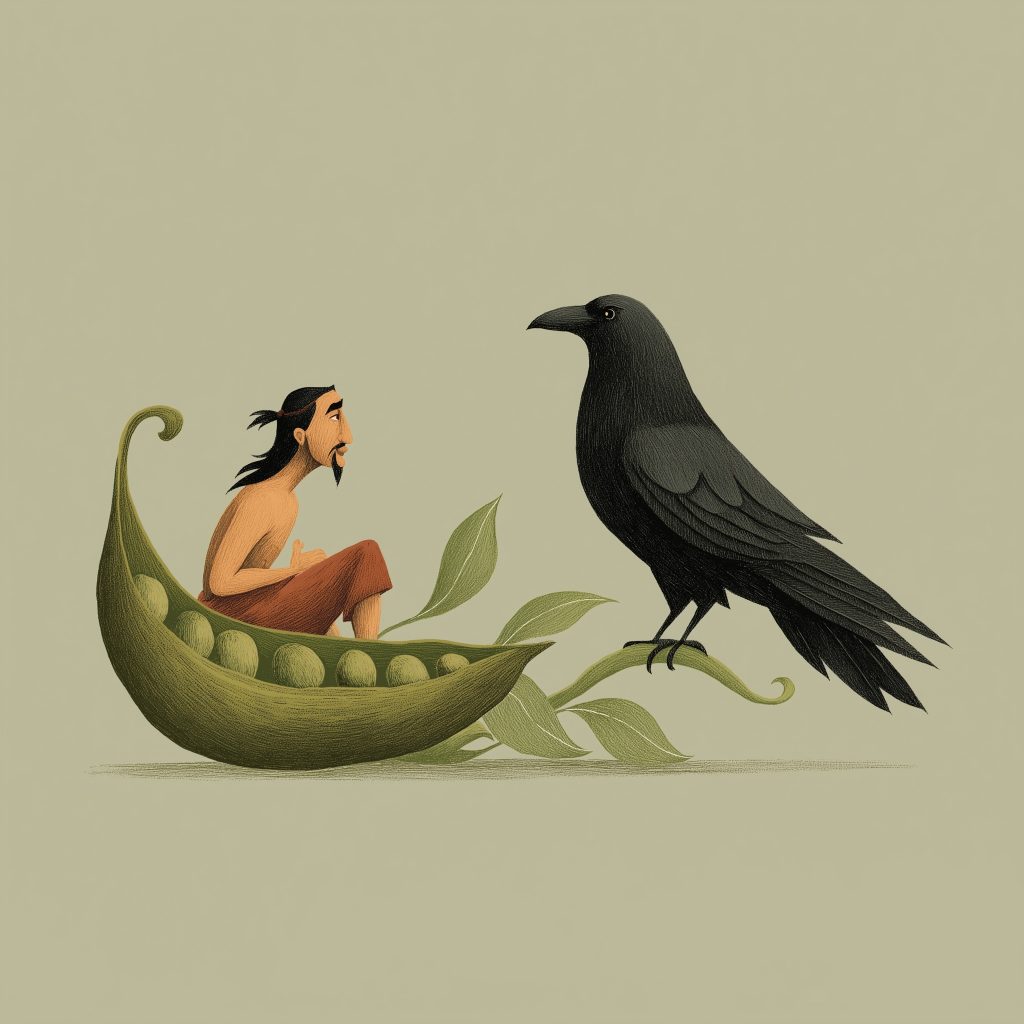
A Raven-god flew up to him and explained that he, the Raven, had created the pea vine not knowing it would bear a Man.
One day, the Raven said to Man (who has no name in this myth), “You will be very lonely by yourself. I will make you a companion. And he fashioned a beautiful young woman from clay adding fine water grass for hair.
Around the same time, further South in Central America, the Mayan culture which can be traced back three thousand years before the Spanish conquests of the 16th century , tells of Xpiyacoc and Xmucane along with Huracán (‘Heart of Sky ‘) creating humankind out of, naturally, mud, after creating the animals because animals can’t speak and so cannot worship. But the people created from mud had no souls so they were destroyed in a flood, and the gods made another attempt, this time starting with wood. But it turned out that they couldn’t worship the gods either, so most of them were also destroyed with a few survivors becoming the monkeys (a form of reverse or regressive evolution?).
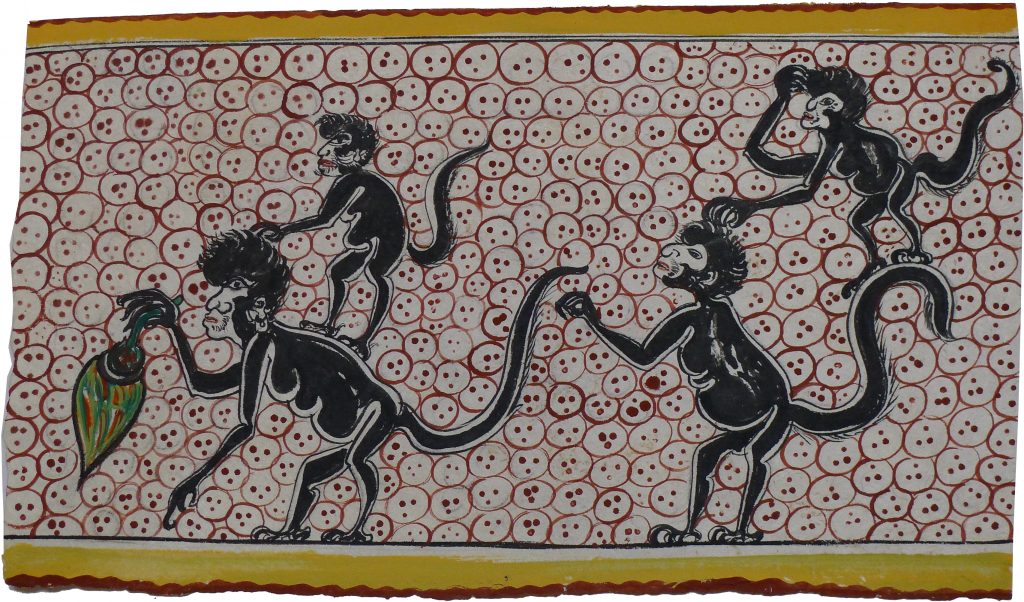
A third and successful attempt at creating humans was made from corn and this was successful.
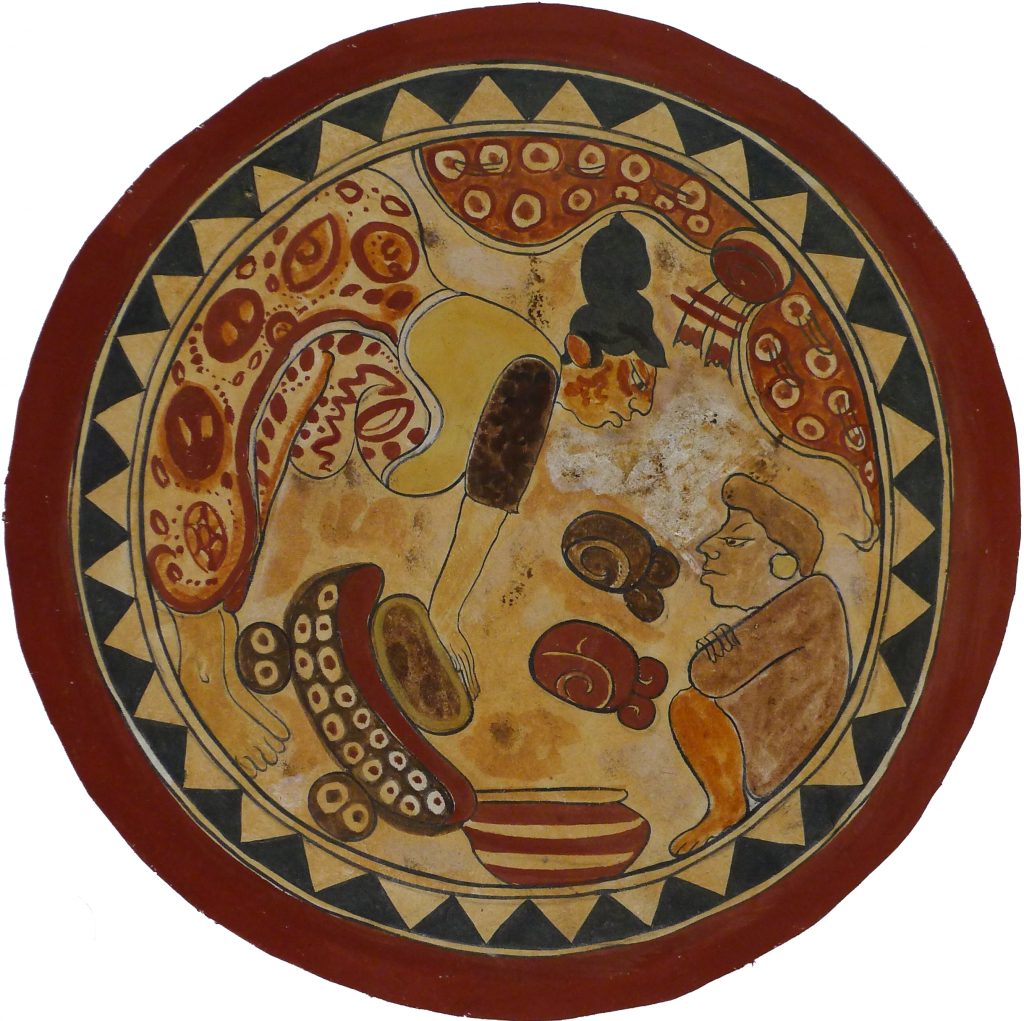
Then the Gods decided to make partners for the first men so while they slept, four women were placed beside them. When the men finally woke up, they were amazed at the Gods’ creations. In that way, many nations were created and multiplied and there were dark-skinned and pale-skinned people.
As the European navigators of the 15th and 16th centuries discovered, travelling from America to Asia is generally easier than the reverse. Sailing from California to the Philippines, for example, Spanish seafarers generally benefited from favourable trade winds and helpful ocean currents. So this exploration of origin stories can follow the same route from the Mayans of MesoAmerica to the myths of the Shinto religion indigenous to Japan.
Once we reach Asia, origin myths generally become more complex and nuanced. The emphasis in the samples I have chosen, however, is not on cosmological origin stories such as how the universe or supreme being came into existence, but how did humankind arise, and whether there is any historical record of an evolutionary origin of homo sapiens prior to the modern scientific age.
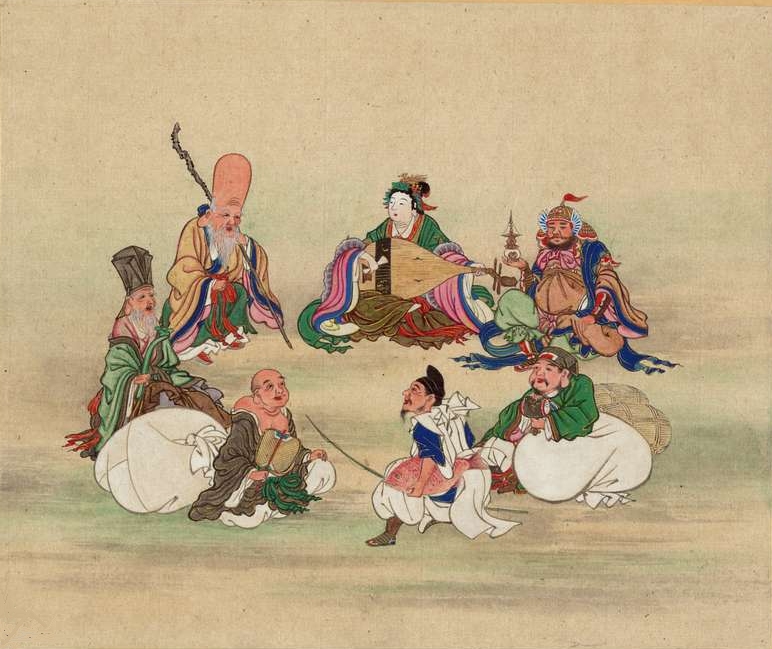
Shintoism doesn’t seem to differentiate between the creation of humans from that of other spiritual beings, which is in keeping with the nature of the Kami, who are both natural and supernatural beings and spirits. In the traditional understanding of kami, it is understood that there are millions of them, not only spirits, deities and other beings, but a quality within beings, or the essence of existence itself extending therefore to humans, nature, and natural phenomena.
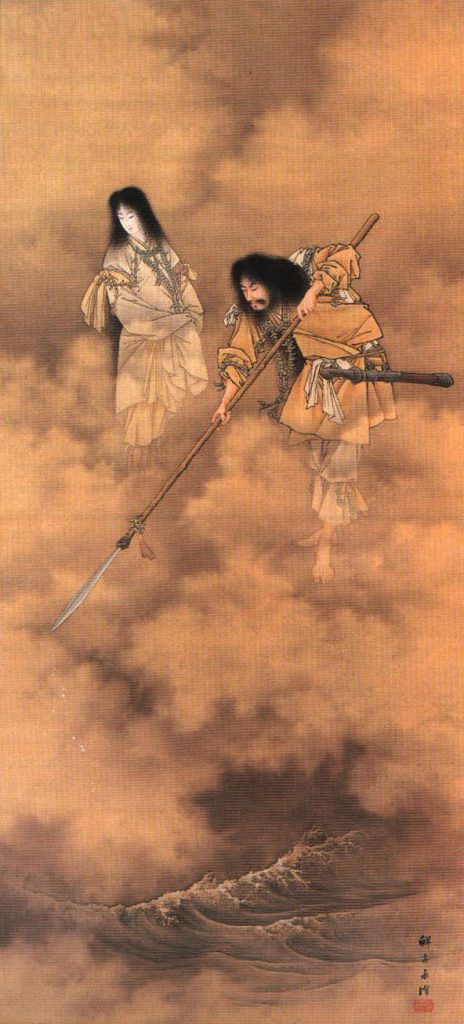
The story goes that Izanagi, the ‘Male-Who-Invites’ kami, and Izanami, ‘the Female-Who-Invites’ kami, were, along with many other kami, born from the chaos before the heaven and the earth came into existence.
Tasked by the other kamis with creating the world, they stood ‘upon the Floating Bridge of Heaven’ from where they created the island of Japan with a magic spear. .
Although brother and sister, they decided to marry so descended to the islands, got married and discovered sexual intercourse from which they populated the Japanese islands with both kami and humans, representing the divine origin of humanity.
Sadly, Izanami ‘died’ giving birth to her final offspring, Kagutsuchi, the god of fire (remember Prometheus?), and so descended into the underworld. A distraught Izanagi pursued her but, horrified at having set eyes on the decaying flesh of his once beautiful goddess-sister-bride, sealed Izanami in with a huge boulder and dissolved their marriage before going on to be the ruler of the living, with Izanami becoming the ruler of the dead.
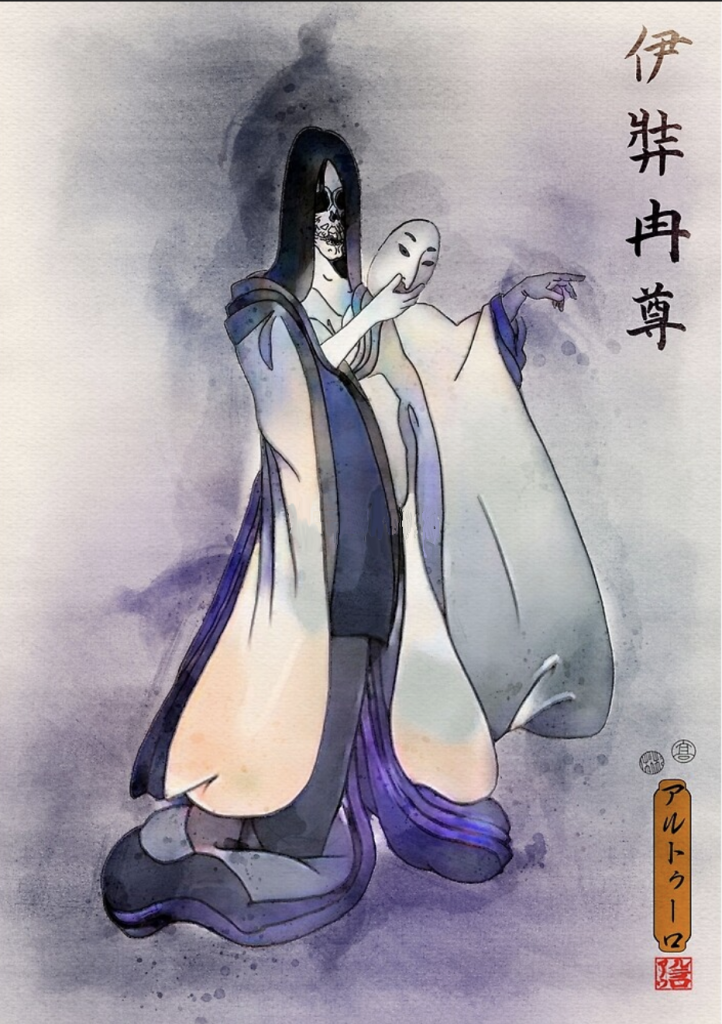
Moving westwards, we reach China which is, of course, a big country so not surprisingly has different origin stories. Daoist myths, for example, have PanGu as the central protagonist, and, as the first man, emerging from chaos. Other versions have the world being created from PanGu’s corpse: his eyes became the sun and moon, his blood formed rivers, his hair grew into trees and plants, and his body became soil. The human race evolved from parasites that infested PanGu’s body which suggests a prescient clarity in understanding the current human relationship with nature!
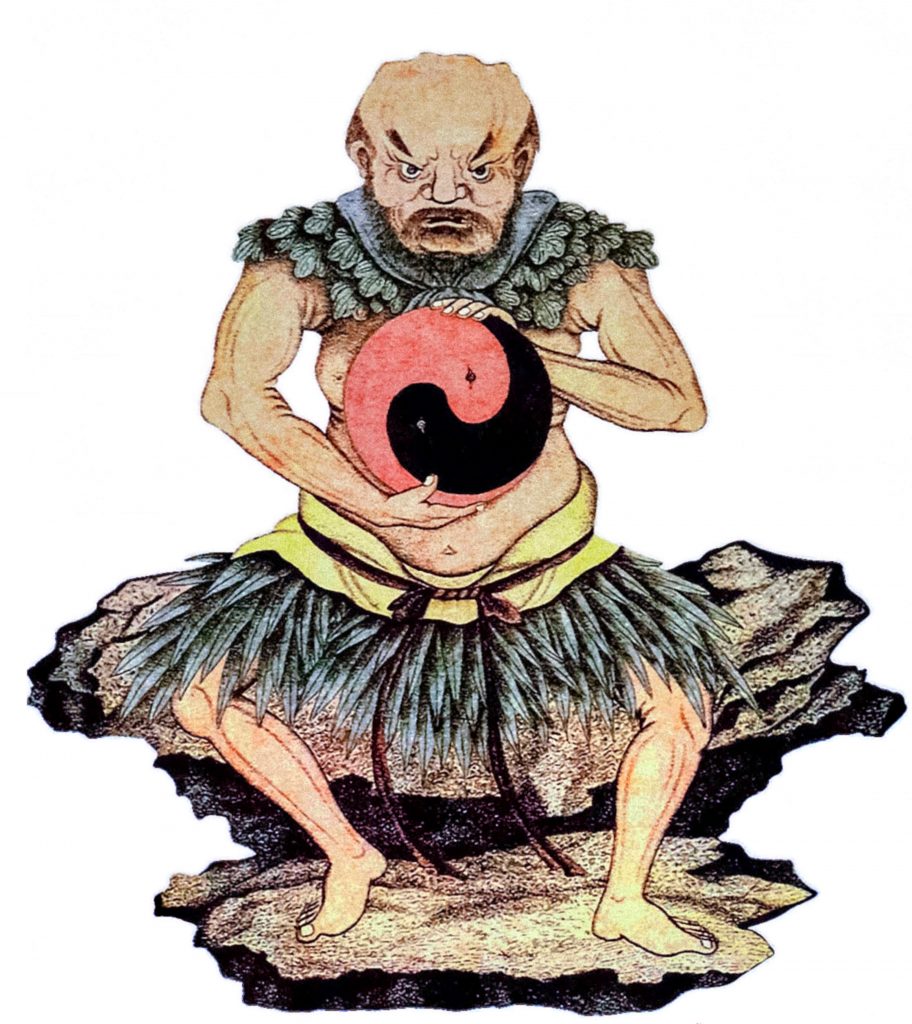
Pangu, the creator and first living being in Chinese mythology holding the cosmic egg, the Yin and Yang from which he emerged.
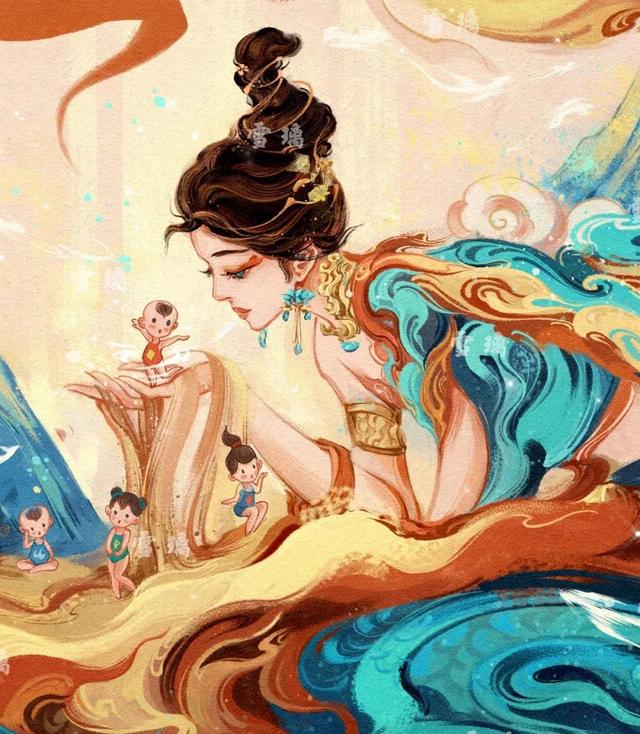
The Han Chinese, however, held that when the world was created, there were no human beings so the goddess Nü Wa, often depicted with the body of a serpent, moulded them from yellow mud. Nü Wa didn’t have enough strength to finish this with her bare hands, so took a cord and dragged it through the mud, then lifted it out.
The drops that fell to the ground became humans. Realizing that they might die, she divided them into men and women so that they could bear children. Some versions also say that the clay figures moulded from her hands became leaders and aristocrats while the ones that created with the cord became the common people.
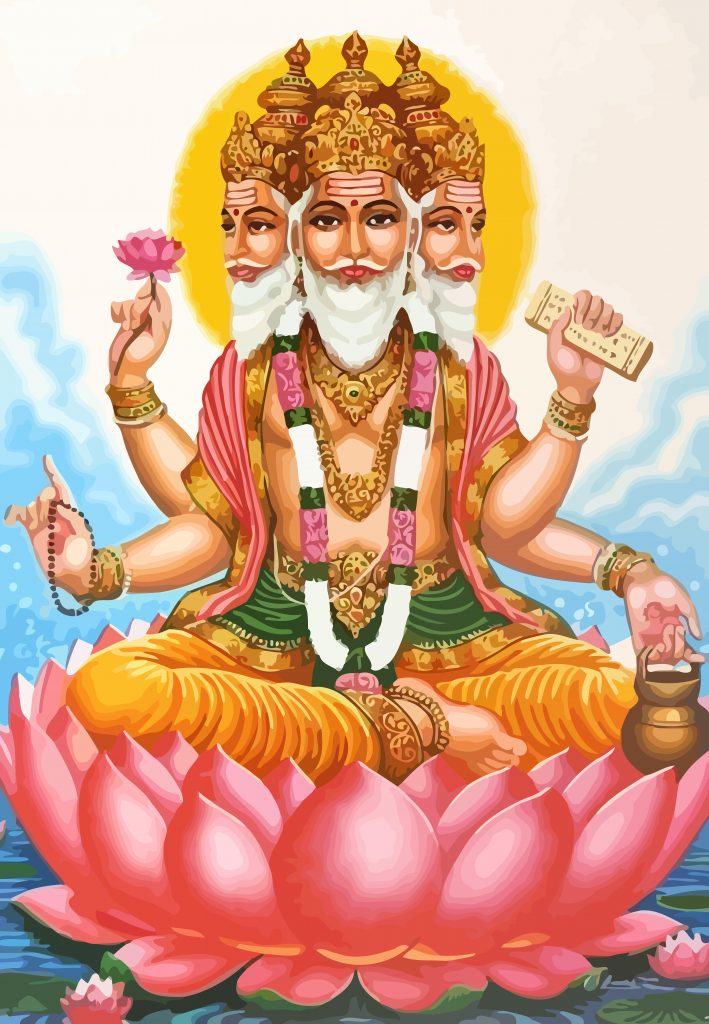
Meanwhile, in India, Hindus hold that Lord Brahma is the Creator of the universes, and the first in a triumvirate of Hindu gods. The other two gods comprising the triumvirate are Vishnu, who sustains the creation, and Shiva, the destroyer. These three gods form a Supreme Being behind all of creation and destruction, and create and destroy universes continuously (an interesting parallel with the physics Nobel laureate, Roger Penrose’s more recent theories of multiple cyclic Big Bangs).
Brahma creates human beings and all life, creating the first man, Manu, and his female counterpart, Shatarupa, from his own body. According to the Rigveda, the division of Indian society into four castes is based on Brahma’s divine manifestation of four groups: priests and teachers were cast from his mouth, rulers and warriors from his arms, merchants and traders from his thighs, and workers and peasants from his feet. This belief system, though probably thousands of years old, is still alive today.
Were I a Hindu scholar living on the banks of the Indus river around the year 326 BCE, I might well have encountered Greeks travelling with Alexander the Great’s armies who had recently conquered the Persian Empire in which the lands of Mesopotamia and Canaan lay, home of the myths of Ea and Marduk and of Adam and Eve.
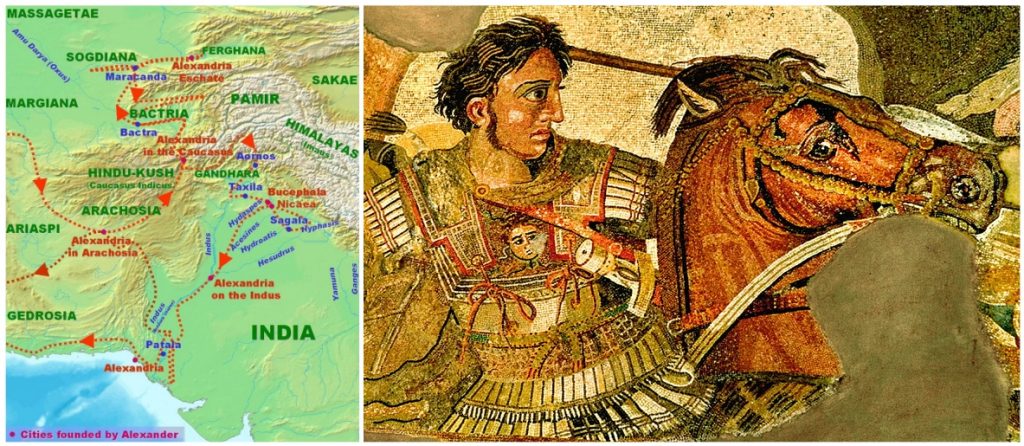
And so we have rounded off a global sampling of old myths of human origins. Though fascinating in so many ways, and with much in common around mud, fire and curiosity, for instance, none of them mention evolution or any connection to bipedal great apes.
So maybe Darwin and the other nineteenth century scientists were revolutionary after all…..
Next: It’s only natural – of course.
If you enjoyed reading this Click here to be told of new posts and click on the ‘Feeds and shares…’ section on the right side of the screen.